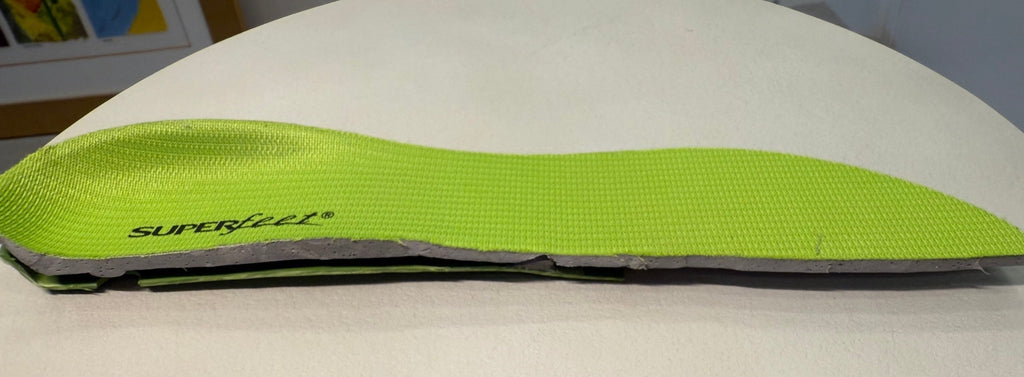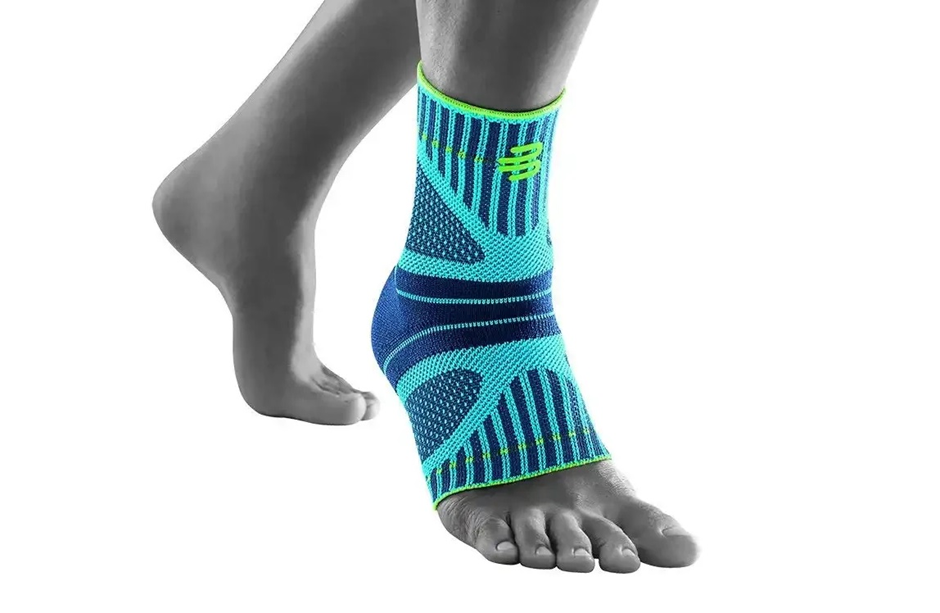Are Orthotics FSA Eligible?
When faced with the need for custom orthotics, people wonder if their health insurance will cover the expense. The short answer is yes! However, there are certain criteria that have to be met for the orthotics to be eligible.
Key Takeaway
- Orthotics will be FSA eligible if they meet certain required criteria, which include being used for the diagnosis, management, treatment, and prevention of diseases or impacting the function and structure of the body.
- Keep proper records like prescriptions, test results, and letters of medical necessity because you wlll need them to make your claim.
- Get your orthotics that are approved and from providers that are recognized under the FSA plan.
- Funds in FSAs are often eligible for use only within the plan year. Funds not used within this period will mostly be forfeited.
In this article, we will briefly focus on Flexible Spending Accounts (FSA) so we can answer the question fully. In answering this question, we begin by looking at FSAs and what they are meant for. From this background, we shall be able to determine the eligibility of orthotics and the extent of its eligibility.
What is a Flexible Spending Account (FSA)
This is a savings account that's designed to be used for out-of-pocket medical expenses and dependent care. As a result of this, it is tax exempt.
It is usually offered by an employer so that the employee can save pre-tax income for medical expenses. What this means is that you will not be paying tax on any funds you deposit into this account.
This makes this type of account ideal for people with substantial medical expenses, either for themselves or qualified individuals who depend on them. These include anyone listed as a dependent on their tax return claims as well as their spouses.
We must however point out here that the IRS is pretty strict about the running of this account. Funds in this account are only valid for the 12-month period of the plan. Any funds not spent within that window will be lost. This is to prevent people from using this account as a way of avoiding tax payment.
In some cases, your employer can grant you an extension of not more than two and a half months to use the funds in the account. They can also roll over not more than $640 to the next plan-year. Outside of these two options, any funds in the account at the expiration of the plan year will be gone forever.
Can I Use FSA for Orthotics?
Coming back to our original question to which we answered yes with a caveat, let’s look at the details of that answer.
First, orthotics cover a wide range of devices used for either functional or accommodative purposes. Functional orthotics offer corrective therapeutic functions while accommodative orthotics are more for improving comfort. While this may be a very basic explanation, it will suffice for our explanation.
Your FSA can be used to fund medical expenses which meet the IRS’ criteria as found in IRS code 213d which in part states as follows: “the term “medical care” means amounts paid — for the diagnosis, cure, mitigation, treatment, or prevention of disease, or for the purpose of affecting any structure or function of the body.”
From the above, we can gather than any orthotics that is used for treating or preventing a health condition or affecting the structure or function of the body, will be eligible. Since this describes most orthotics, we can confidently conclude that most of these devices are eligible.
Before we get excited, the official website of the FSA also has this to say: “Even though an item may be found in a list, it does not guarantee reimbursement.” This means that the mere fact that an item has been listed as being covered is not enough. Certain steps have to be taken to ensure disbursement.
According to the IRS, the following is required to ensure disbursement:
· A letter from a 3-party to the FSA confirming the medical expense and stating the exact amount.
· An official letter from you confirming that the expense has not been paid or reimbursed under another health plan.
In addition to these two requirements, the FSA will require a letter of medical necessity to confirm that the expense was indeed for a qualified medical care. Including a doctor’s prescription with clinical notes and any supporting test results will also be of help.
How to Use an FSA for Orthotics
To use your FSA for orthotics, take the following steps:
· Get a letter of medical necessity and/or prescription from your healthcare provider
· Get FSA-eligible products which can be gotten from FSA recognized providers. If you have an FSA debit card, you may be able use it with approved providers.
· Keep all your documentation – Letter of medical necessity, doctor’s prescription, receipt for the purchase, letter confirming that the expense has not been paid or reimbursed under another plan.
· File for reimbursement with your supporting documents
Conclusion
In conclusion, there are some important points that you should note. Some of these have already been stated above but we will repeat them for emphasis:
· FSAs will only reimburse medical expenses incurred during the period of coverage.
· You can receive the maximum amount you are to contribute in a coverage-year at any time within the year even if you have not actually made all the contributions.
· The maximum amount you can receive in reimbursements is the maximum contribution you chose to make within the plan-year.
· FSA will not reimburse medical expenses already paid for in another plan.
· FSAs are "use-it-or-lose-it" plans so any funds not used by the end of the plan-year is forfeited unless:
i. The employer includes a grace period which cannot exceed 2 ½ months
ii. The employer includes a rollover option that allows for no more than $640 to be rolled over to the next year. Any funds above $640 is forfeited.
· A plan can only have either a grace period or a rollover clause. It can't have both.
There you have it. Now you know that orthotics are FSA-eligible once the required criteria have been met.




